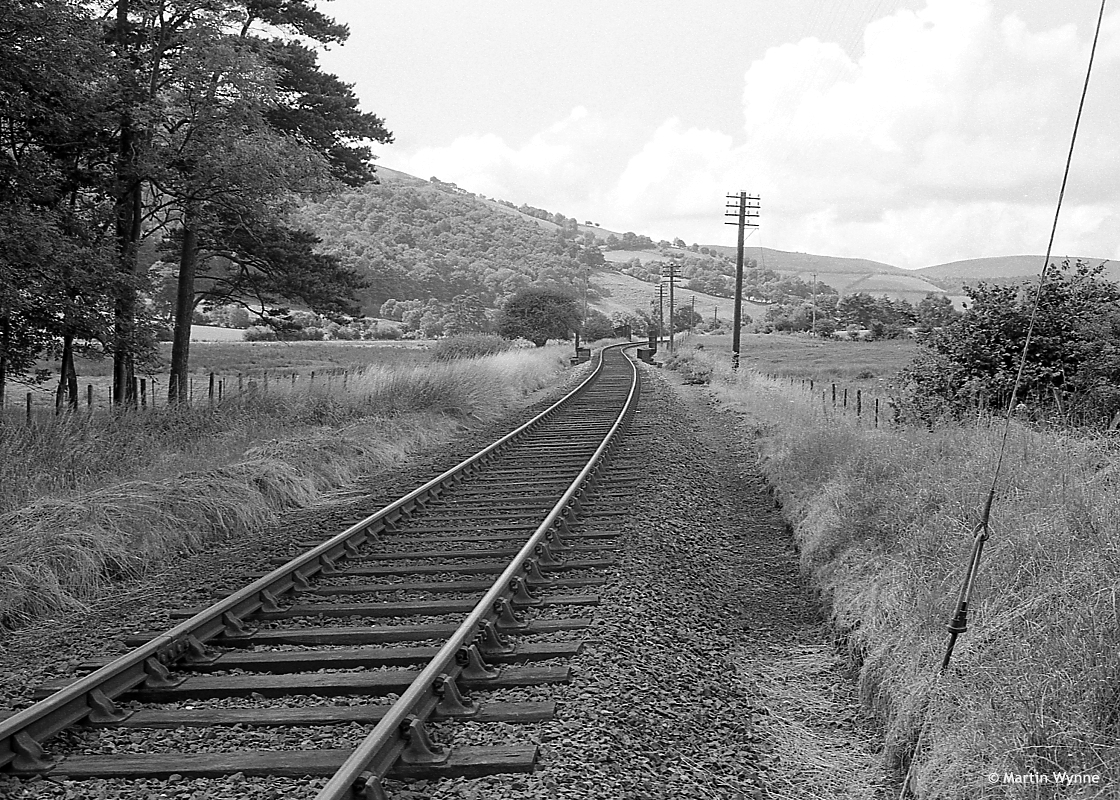@Phil O
Hi Phil,
This idea has worked out quite well:
View attachment 6602
View attachment 6601
View attachment 6600
The tang is a tiny thing in 4mm/ft scale, but just about enough to work. The empty space behind it is to allow the surplus resin to wash out, leaving room for the tang to flex.
There are pros and cons, as always.
The plug clips into place very easily, with a detectable click. It needs very little force, so no need for a cocktail stick punch or pin hammer -- hand assembly is easy. However, because the tang is offset towards the gauge end of the chair (necessary to clear the slot through the plug for the loose outer jaw), pressure needs to be applied nearer that end to keep the chair level in the socket while pressing it home. The solution is to fix a bit of rail across the end of a suitable handle (or bend the end of some rail), which can then be hooked under the inner jaw and used as a push-stick to press the chair into place.
With the low assembly force, inevitably the retention force is not so great. It's not difficult to push the chair out from below, or prise it up from above using the blue cutters. But it is plenty firm enough to permit construction, so if it is desired to seal it in place for long-term stability, it can be done using a slow-setting adhesive or sealant, possibly at a later date. My tinlet of old Humbrol paint is the solution, as always.

I'm calling this design
clip-fit. The other options are the existing interference
press-fit, and
snap-fit with a solid tang requiring the FDM socket to flex, rather than the plug. The first two can probably be used with laser-cut plywood sockets, but not
snap-fit.
One significant advantage of
clip-fit is that it is more tolerant of socket size variations than the other two.
I haven't yet decided which option to make the default. The
clip-fit needs some further work on the L1 bridge chairs and the crossing chairs, and a lot more testing.
cheers,
Martin.
 Search
Search

